Smoke detectors and fire extinguishers will help protect you against fires originating inside the home, but the best way to protect your Big Bear property from a forest fire or a nearby structure fire is by creating defensible space. Defensible space creates a separation between structures and trees and shrubs. By removing congested trees and shrubs, fire cannot easily jump from one plant or tree to another and eventually to your home.
The following is an overview of local Big Bear clearance requirements:
Juniper Shrubs, Spanish Broom, and native brush shall not be planted or maintained within fifteen (15) feet of any building or structure. There is an exception if the plant is isolated and is heavily modified by removing dead branches, and lower foliage.
The maximum diameter of a single species shall not exceed 15 feet.
Groups of shrubs clumped together shall not exceed 15 feet in diameter.
The maximum diameter of a single species shall not exceed 15 feet.
Native brush shall be installed and maintained with horizontal spacing so that the space between two shrubs shall be a minimum of 2 times the height of the tallest shrub.
STEPS TO CREATING DEFENSIBLE SPACE
Remove dead vegetation and small dead trees up to 15 feet in height. Taller trees should be removed by a professional.
For trees over 15 feet in height, trim branches, live and dead, to a height of 6 to 8 feet from the ground.
For trees less than 15 feet tall, remove live and dead branches within 3 to 4 feet of the ground.
Remove tree branches within 10 feet of a chimney opening.
Prune and thin overgrown shrubs and remove all dead branches in bushes.
Remove pine needles and leaves in excess of 2 inches on the ground.
Remove all pine needles from roofs.
Cut grass and weeds greater than four inches tall.
Thin small dense native trees less than 6 inches in diameter which are within 8 feet of a larger native tree or other small trees.
Selectively thin trees that are deformed, trees that are crooked, have damaged bark, dead tops or show evidence of disease or insect infestation.
Remove all Dead, Dying or Diseased trees. Here are other examples of trees that should be removed:
Deformed trees that are crooked, have damaged bark, dead tops, or crowns that show evidence of disease or insect infestation.
Trees that have grown up next to buildings or pavement (remember, pine trees need space to grow).
Trees that have grown under the branches or up next to mature trees.
Trees that are under power lines or along fence lines.
Ideally, consider spacing of pine trees 20 to 30 feet apart (trunk to trunk). In the City of Big Bear Lake, all trees over 6 inches in diameter require a permit to be removed.
Most insurance carriers require the homeowner follow these requirements or risk cancellation of the insurance policy. Both the Big Bear Lake and Big Bear City fire departments offer free inspections of your property to help you determine if you are in compliance.
More About Living in the Mountains;
- Nuances of Mountain Living – Purchasing a Big Bear mountain home is a different decision than purchasing one “down the hill.” You’ll want to be prepared for the change from urban living to our mountaintop lifestyle.
- Mountain Holidays – Living in the mountains of southern California is especially fun during the holiday season. Big Bear dresses up with some magnificent touches from Mother Nature.

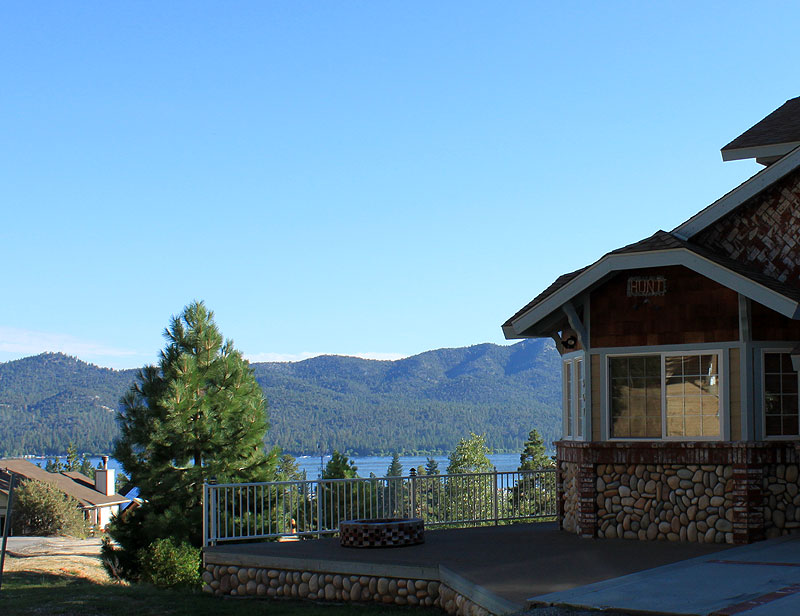
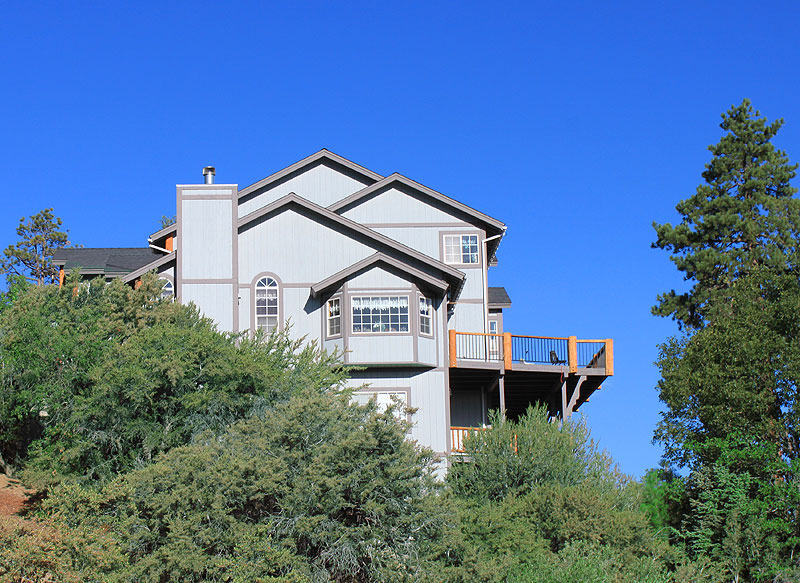

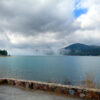
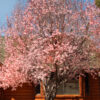
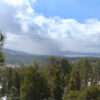


Speak Your Mind